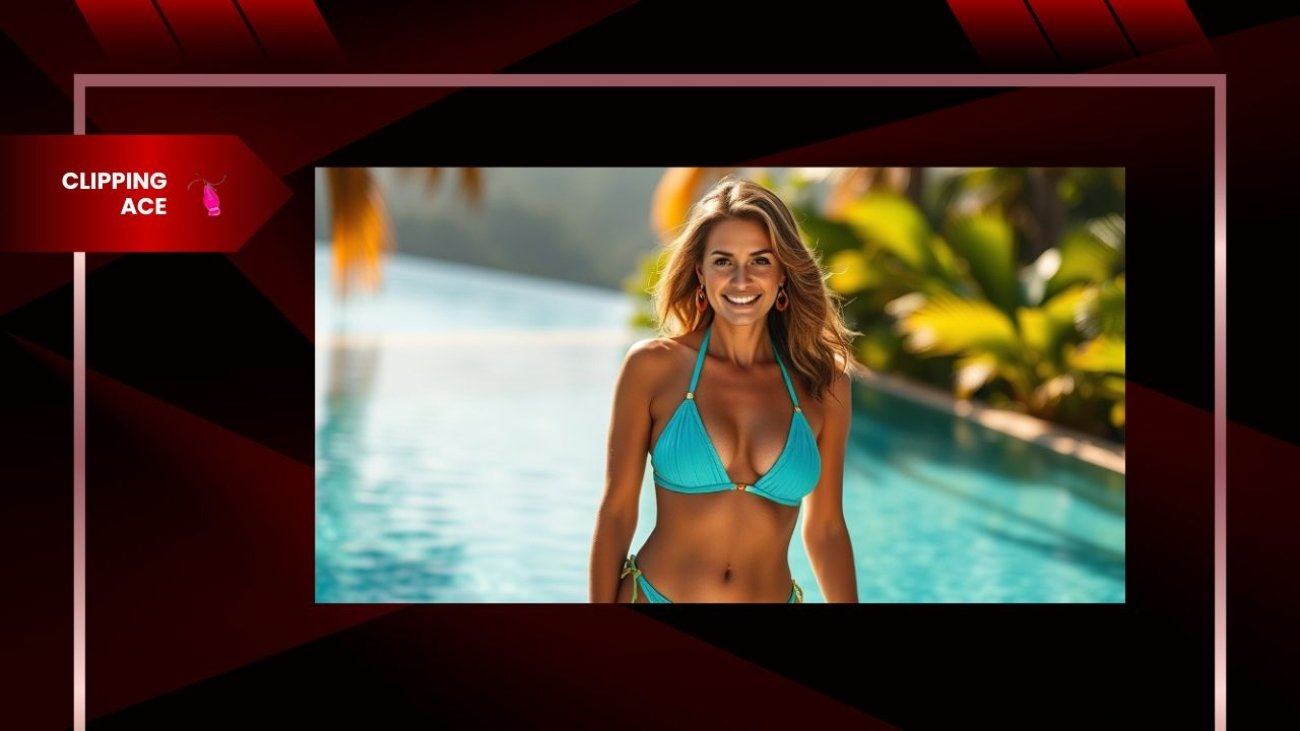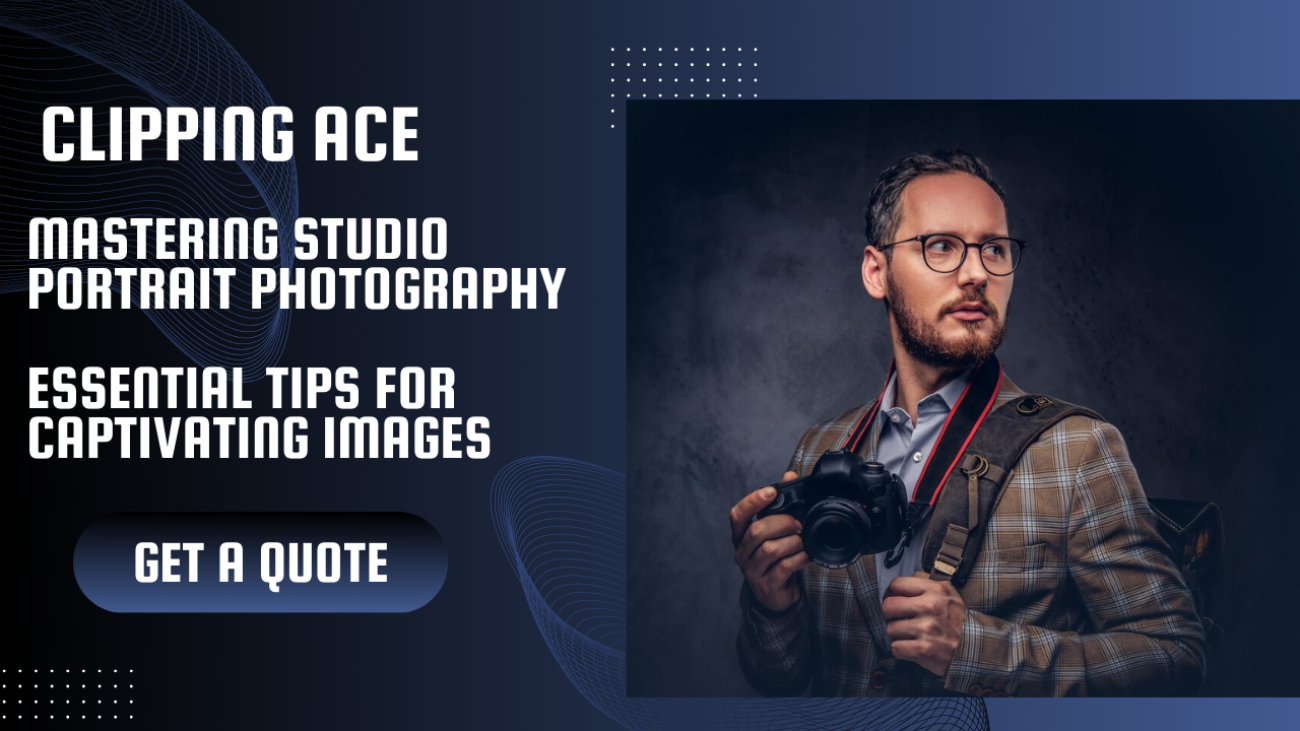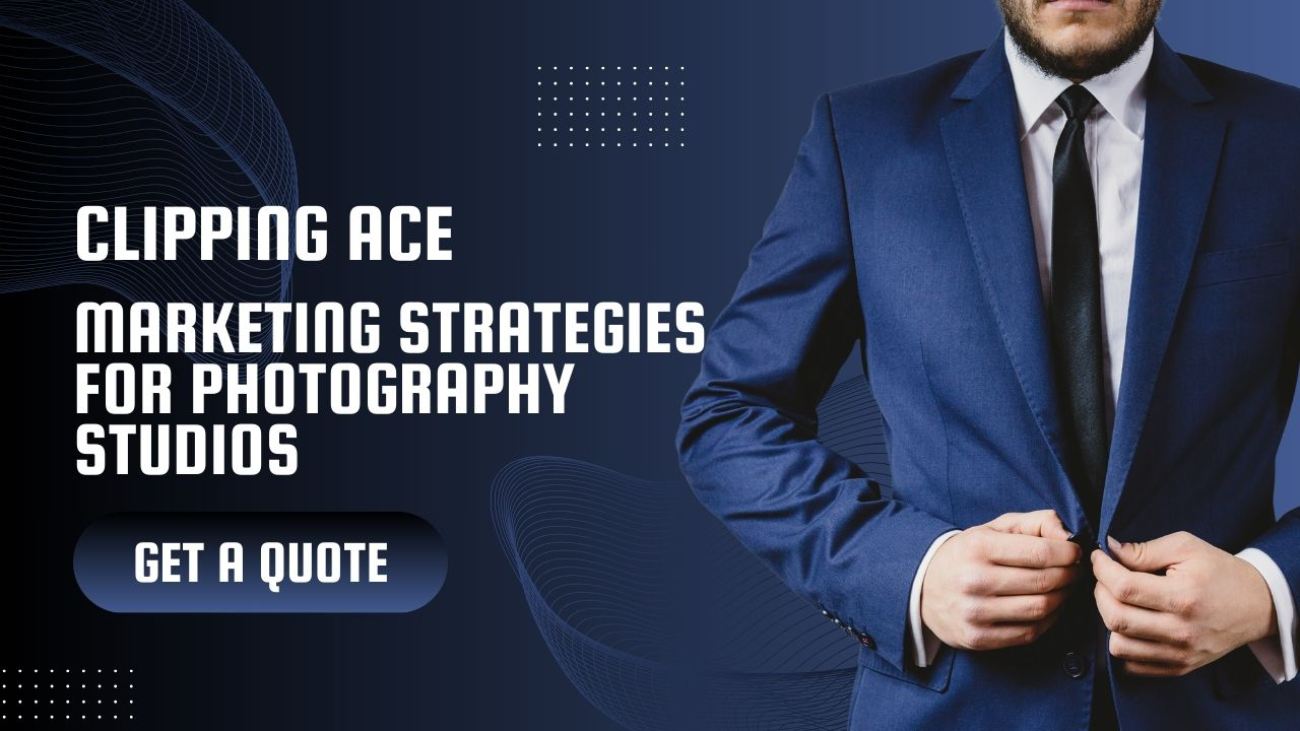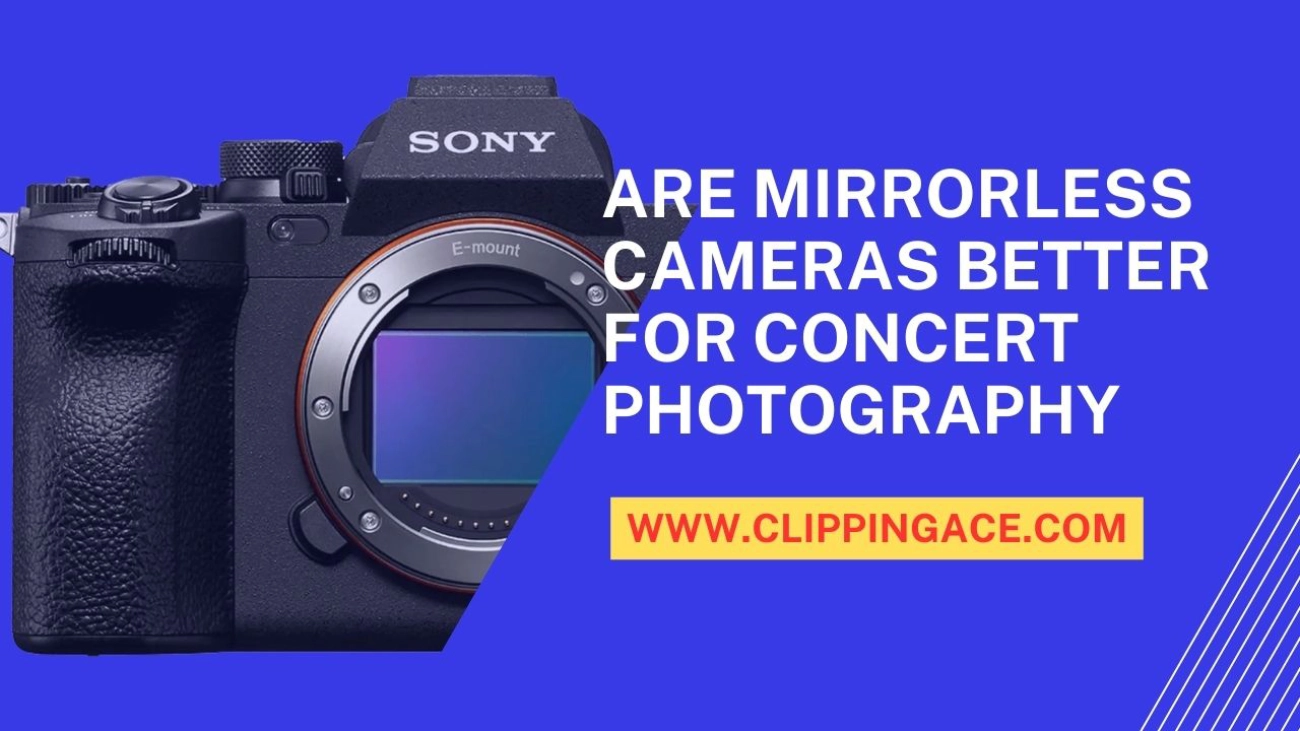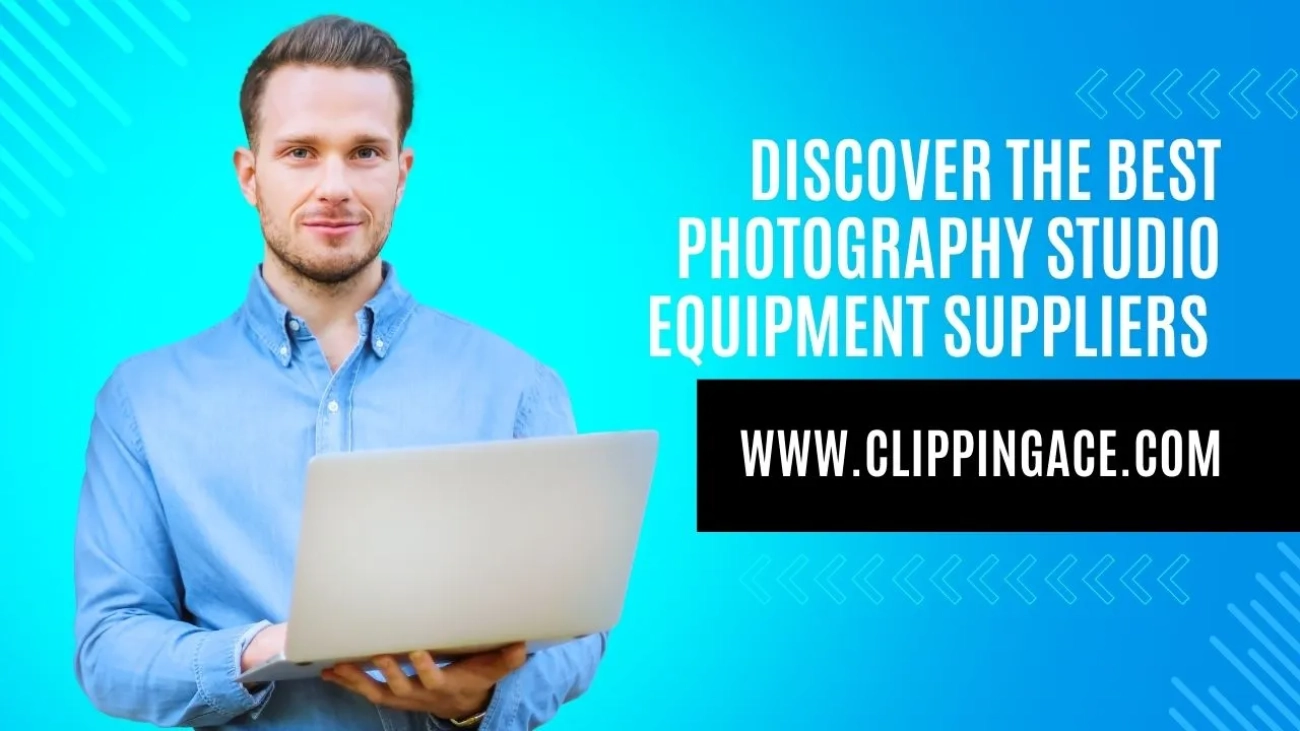Elizabeth Hurley’s Stunning Bikini Moments of 2024 Throughout 2024, Elizabeth Hurley, the esteemed English actress and model, has continually captivated audiences with her timeless beauty and impeccable style. At 59, she not only showcases her enviable ...
Clipping Ace | Image Editing Services-Best Photo Clipping Path
Clipping Path Solutions for E-commerce, Photography, Marketing, Online Ventures, and Graphic Design Precision
